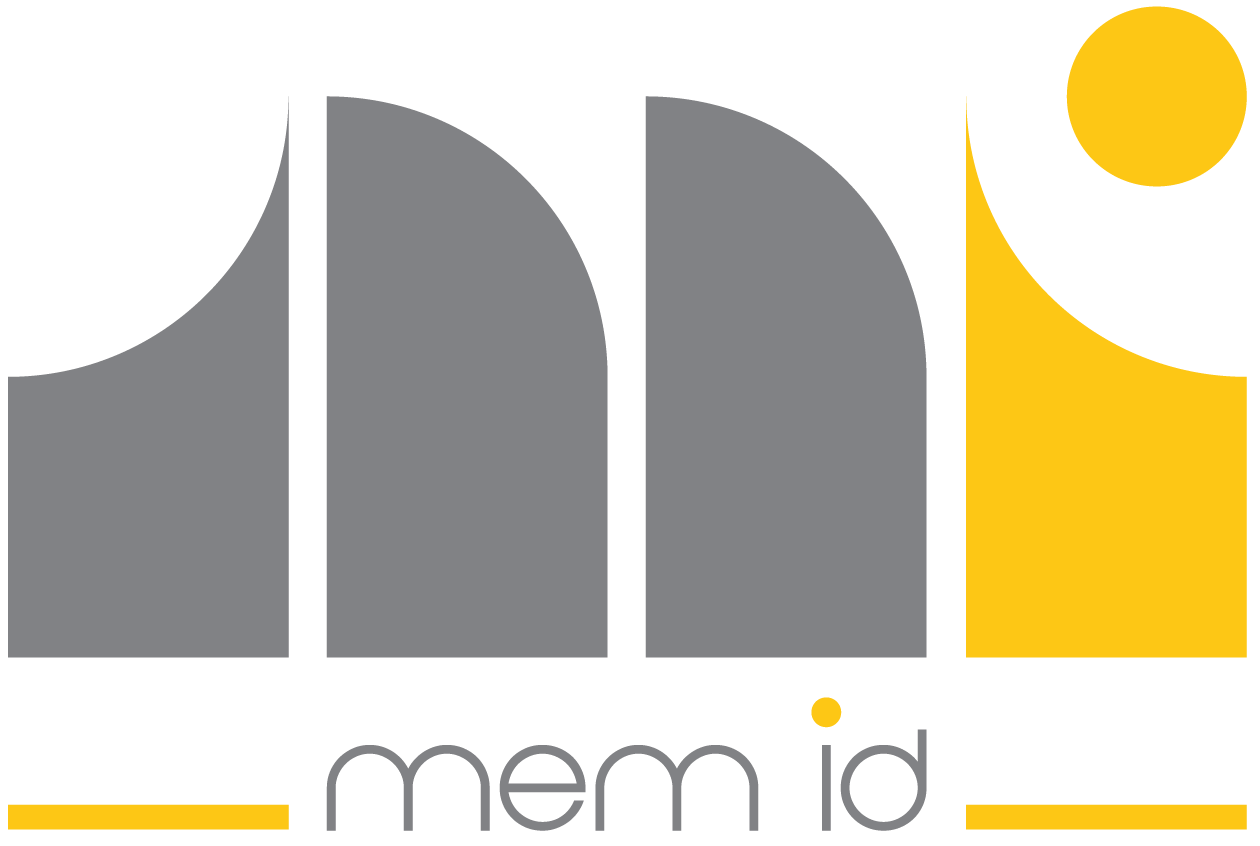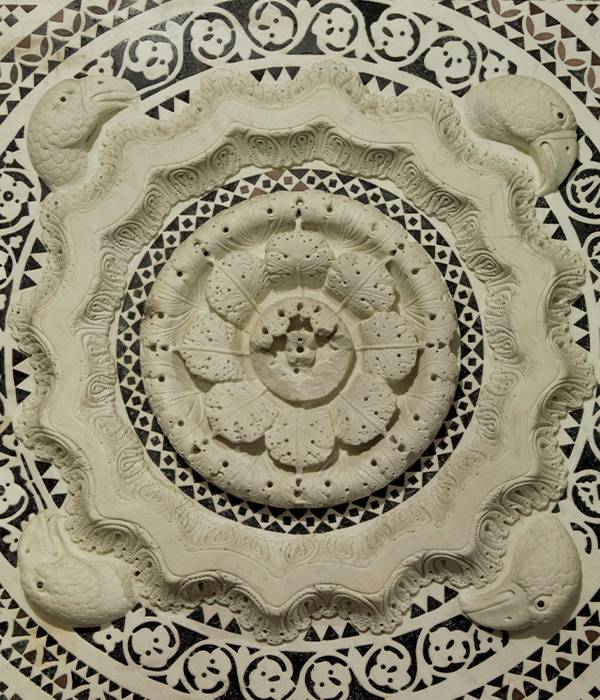Memoria e Identità
Memory and Identity
The reuse, reworking and repurposing of Medieval sculpture in the Modern Age
from historical research to new technology
The reuse of Medieval sculpture in the Modern Age (15th-18th centuries), while comparable in many aspects to similar processes that took place
with classical sculpture in subsequent centuries, has not received as much attention from researchers. Nevertheless, it can undoubtedly be considered to represent an important part of the wider historical reflection:
reconstructing the ‘life’ of a piece of art throughout its existence, instead of simply attempting to extract it from its current setting in order to place it in its original context, presents us with the opportunity to provide new insights into how past societies dealt with their own past
and curated the memory of their own history.
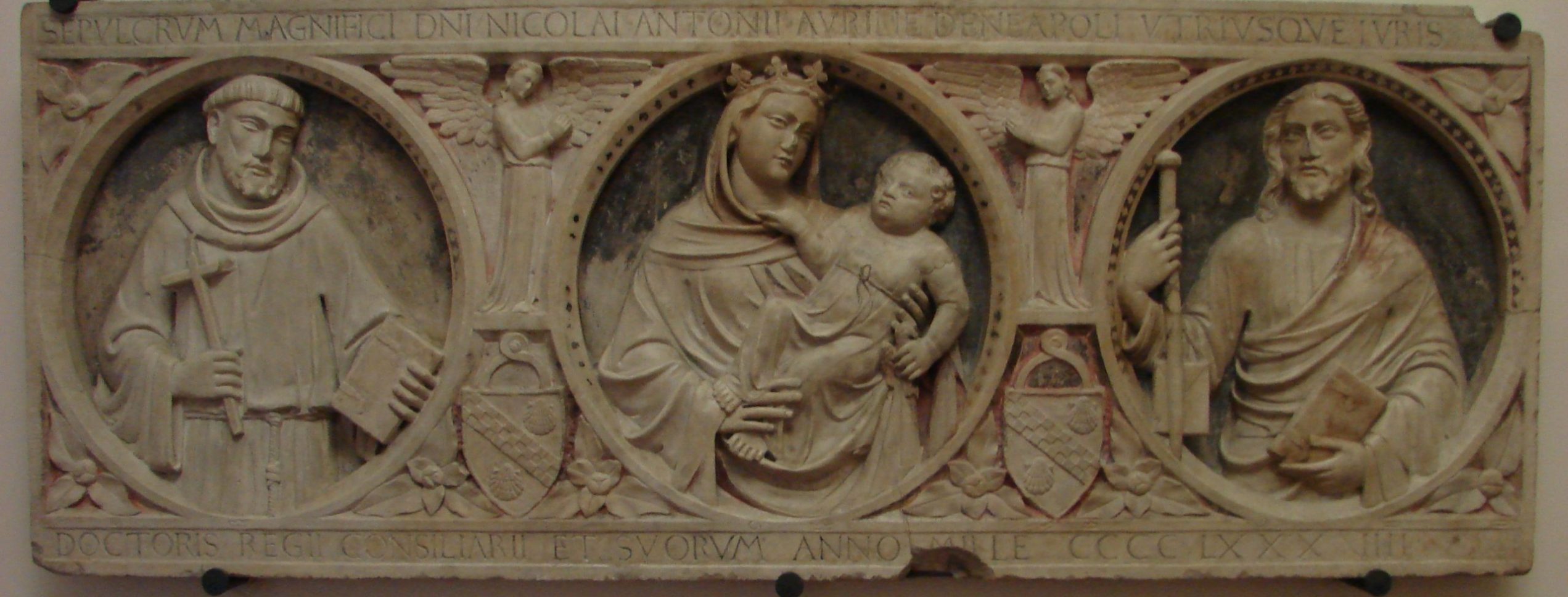
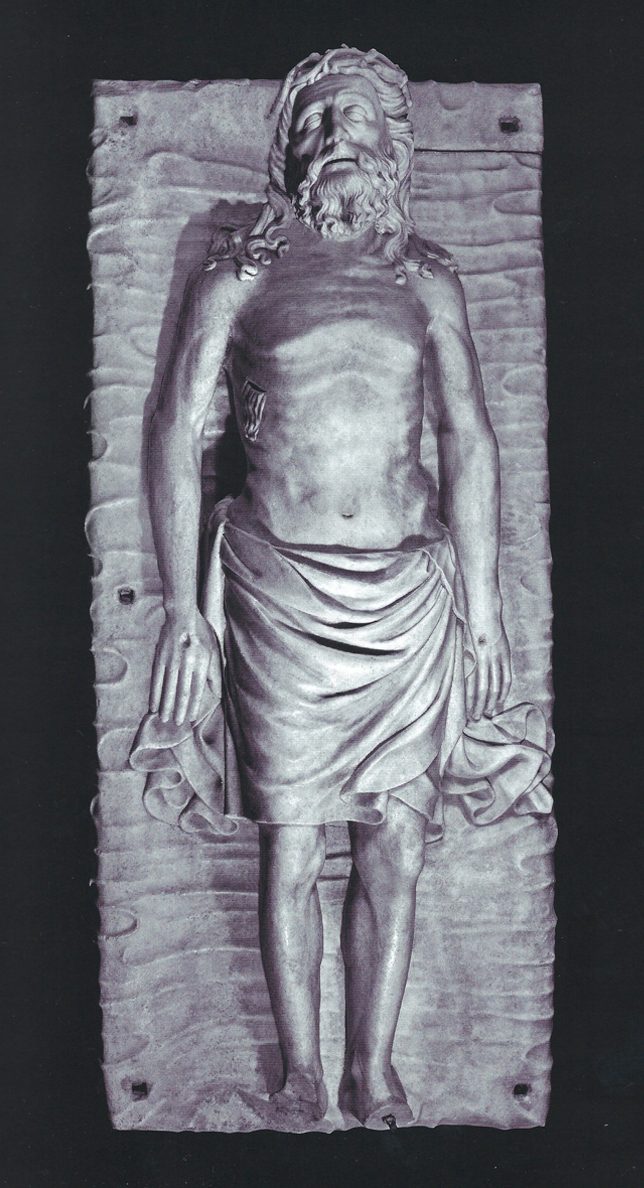
The Medieval period is one in which many longstanding styles and traditions were developed, which over time assumed strong significance in terms of identity, contributing to the creation of a cultural, historical and architectural heritage which it was impossible for later generations to ignore. This is particularly evident in contexts with multiple phases of use, as is demonstrated not only by the continuous use of civil and religious structures and the realignment of their internal plans, but also in the reuse of artistic material, especially sculpture.
The iconic value of sculpture, combined with the fact that it can readily be adapted to new contexts, makes it all the more susceptible to reuse, ideally suited to reenforcing newly developing social, political religious and cultural messages. Thus, the past life of such elements, as it is gradually absorbed, becomes a constituent part of local histories, and it is in turn passed down through a process of selection, remodelling and reworking. By gaining a greater understanding of how this process took place it will be possible to provide insights into the meanings and values that developed in more recent centuries.
A two-year research grant awarded by the Ministry for Universities and Research (FISR, duration 2021-2023) has made it possible for three research units, headed respectively by
Clario Di Fabio (Università degli studi di Genova), Laura Cavazzini (Università degli studi di Trento) and Paola Vitolo (Università degli studi Federico II di Napoli), to undertake an innovative programme of in-depth research on this topic.
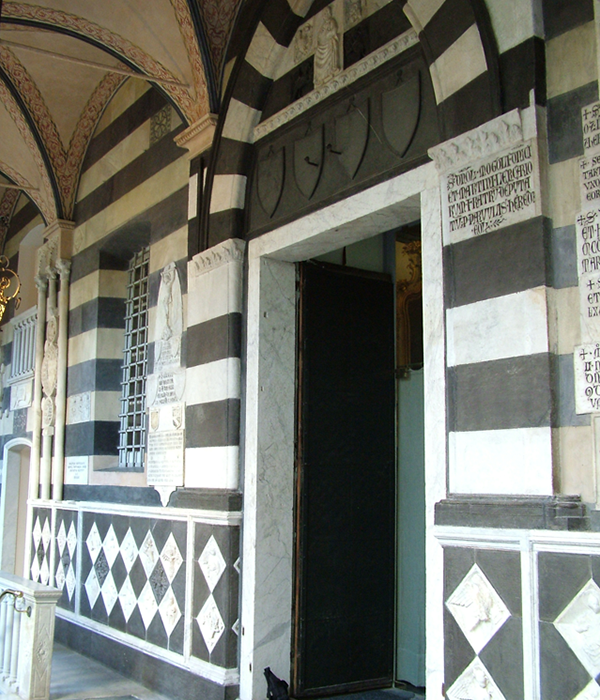

The project aims to investigate the phenomenon of the reuse of medieval sculpture through the careful selection of case studies in various regions of Italy, both mapping examples of reuse carried out for practical reasons, as well as analysing those examples in which the choice to reuse sculptural elements was made as part of a policy to convey specific cultural, political or religious messages.
The objective is to not only recreate elements
of the original contexts in which decorative and liturgical components were placed, but also to retrace the motivations and the processes that, over the course of many centuries, influenced the approach taken by communities in relation to the material heritage of the medieval period. The fact that the project brings together a group of dynamic young researchers alongside experts from various disciplines (Art History, Medieval and Modern Architecture, History of Art Criticism, Restoration, Medieval and Modern History, Paleography and Architectural Design), not only makes it possible to extend the research into a wide range of geographical contexts, but also means that it is enriched by a multidisciplinary approach that is essential for a study of this type.
of the original contexts in which decorative and liturgical components were placed, but also to retrace the motivations and the processes that, over the course of many centuries, influenced the approach taken by communities in relation to the material heritage of the medieval period. The fact that the project brings together a group of dynamic young researchers alongside experts from various disciplines (Art History, Medieval and Modern Architecture, History of Art Criticism, Restoration, Medieval and Modern History, Paleography and Architectural Design), not only makes it possible to extend the research into a wide range of geographical contexts, but also means that it is enriched by a multidisciplinary approach that is essential for a study of this type.
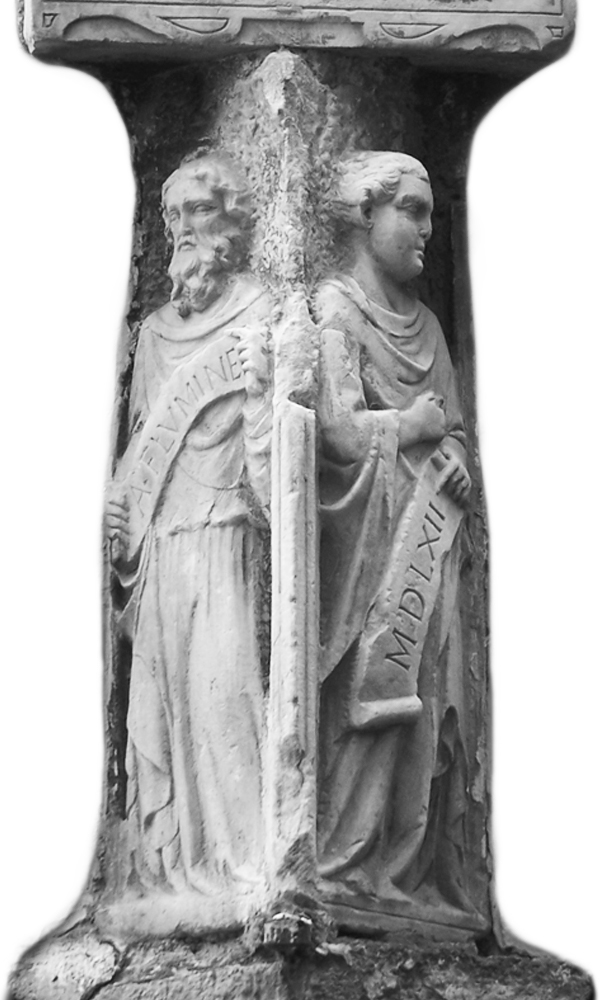
Thanks to the database available on this website both researchers and members of the wider public will be able access the files relating to all of the material examined as part of the research, which will be saved according to the specific regional areas of interest and constantly updated throughout the course of the research project.
GALLERY
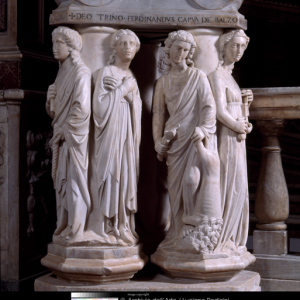


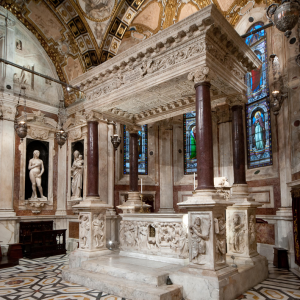
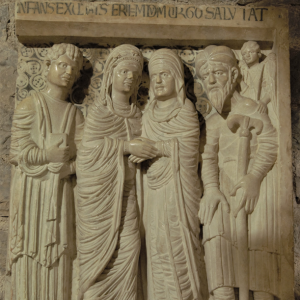
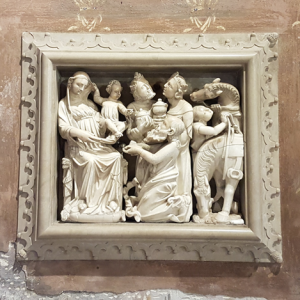
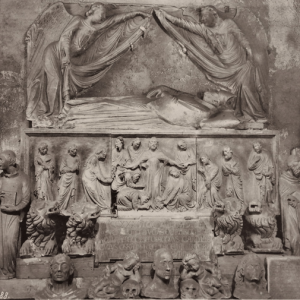
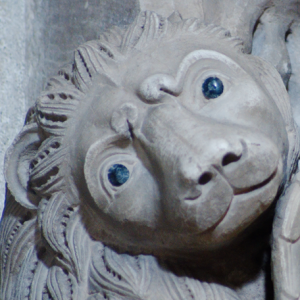
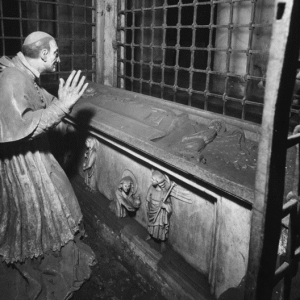
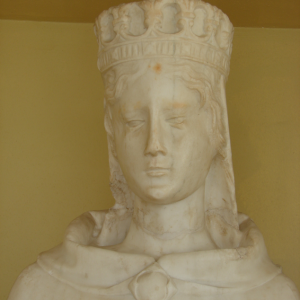
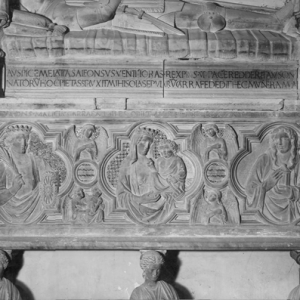

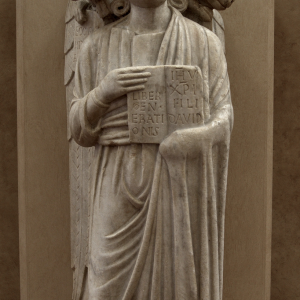
Previous
Next
History & curiosities
